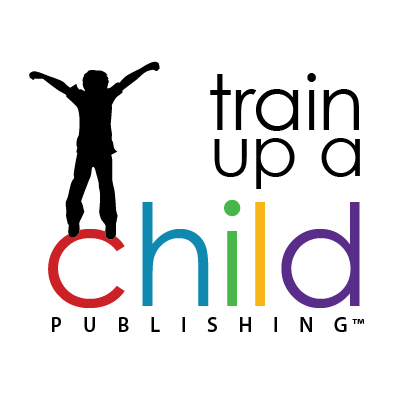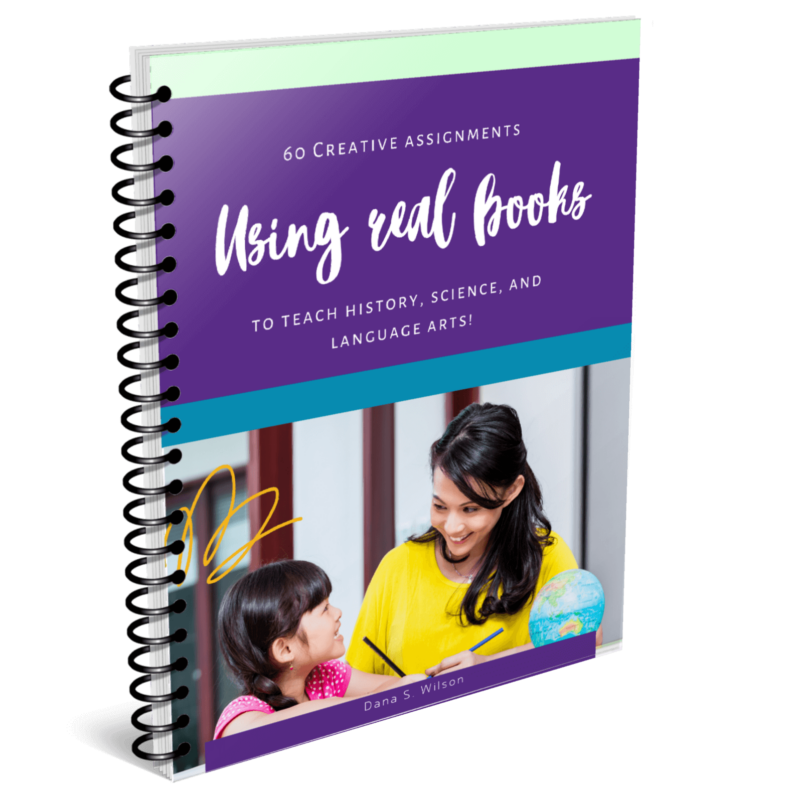How to Combine High School and Elementary History Study
It makes sense to have all of your children study the same period of history at the same time. But what if you have a high school student and two elementary students? How would you combine high school and elementary history study simultaneously?
Sounds challenging.
This is the question recently addressed by our Info Desk:
Hi-
I have a few questions regarding your curriculum that I’m considering for my kids next year.
My oldest daughter will be entering high school, 9th grade, next year. I also will have a 5th grader (my son is pretty smart but also severely dyslexic which hinders his independent reading and writing), and a 1st grade daughter.
I am trying to figure out how I can keep them all within the same time period for history. I see your curriculum could accommodate some of that possibly, but what I’m considering is the American History I for my oldest. Would there be a way to incorporate that for my younger 2, or would I need to consider the unit programs for all 3? Quite honestly, that seems a bit overwhelming. I guess I’m just looking for some recommendations. The kids are all spread apart just enough age-wise that I have a hard time planning things together. I know my oldest needs more high school level work and I don’t want to frustrate my younger 2 either. It’s a bit hard to coordinate 🙂
Also, from what I understand- the Secondary Unit Study Program is book lists and ideas to incorporate into the school year (I hope I’m not over-simplifying it), yet the American History I is more of a complete- not necessarily day by day- but more broken down and more in-depth study of a certain time period? Is that correct?
Thanks for your time and input- it is greatly appreciated!!
Grace and peace,
Cheri
How to have your high school and elementary students study the same history periods at the same time
Below is the answer we wrote Cheri, telling her how she could combine high school and elementary history study with her children.
Hi Cheri!
Thanks for reaching out!
You do have a spread of ages — I can see that could be challenging, but our curriculum can easily accommodate you and help you study the same history with your high school and elementary students. And this is how you would combine your high school and elementary history study, using our American History I course for your high school student and our Unit Study Tools for your elementary students.
Our American History I covers four units:
- Colonial Life
- Revolution
- Westward Expansion, and
- Civil War
1. Start with American History I with your high school student, then add our Unit Study Tools for your Elementary Students.
Note that our Unit Study Tools include the same four units as our high school course, American History I. You may easily have everyone study the same historical periods/topics at the same time by using American History I for your 9th grader and our Unit Study Tools for your 1st and 5th graders.
I recommend you order the Primary Unit Study Tools for your 1st grader, the Intermediate Unit Study Tools for your 5th grader, and American History I (scroll down a bit) for your 9th grader.
2. Follow the schedule of American History I for all of your students.
Then, follow the schedule of American History I for your family. So, you’ll spend nine weeks on each of those same four units using your Unit Program Tools for your elementary students.
3. Additional Recommendations for your High School Student
Additionally, I would recommend two more courses for your rising 9th grader. First, I’d recommend she take our Essay Styles for High School course along with her American History I course. That would allow her to learn the five major high school-level essay styles you’ll assign her while using the American History course.
Secondly, I recommend your daughter take our General Literature course written specifically for 9th-grade students. Our General Literature is a gentle way of building the foundation she needs for studying literature at the high school level.
While American History I and General Literature are one-year, one-credit courses, Essay Styes is a 1/2 credit, one-semester course.
Our Secondary Unit Study Tools
Your thoughts about the Secondary Unit Study Tools are correct. This program contains much information about teaching from sixth through twelfth grades, along with many curated book suggestions arranged by time period and topic. But it is an unstructured program. In other words; it is like a lavishly appointed salad bar with many choices, but you put together your meal among all the available options.
American History I is more like a sumptuous dinner delivered right to your table. It is structured, specifying what books to read and providing several specific assignment choices for each book. Additionally, you’ll get specific evaluation tips for evaluating your student’s assignments.
If you have further questions, Cheri, please feel free to write again! We would love to help.
Hi Dana-
Thanks for your thorough response to my questions. You make it seem NOT overwhelming :)…I’m such a newbie when it comes to planning high school! Thanks for your help!
Thanks again,
Cheri
To summarize:
We recommended that Cheri get American History I, Essay Styles for High School, and General Literature for High School for her high school student. Cheri can award her student at least 2 1/2 high school credits for those three courses. I said “at least” because Cheri could choose to use an optional Honors track for all three of those courses to boost her daughter’s GPA, depending on whether her daughter was up for the extra work involved.
I recommended our Primary Unit Study Tools for Cheri’s first-grade student and our Intermediate Unit Study Tools for her fifth-grade student.
This would allow all of her students to study the same history periods at the same times, but each at their own level.
Yet, there’s overlap!
- Each of the younger students would enjoy the same read-aloud books, and some could be read aloud by your high school student.
- Cheri’s older student could listen (and review) to her younger siblings’ narrations.
- Her younger students could listen to some of her high school student’s reports and presentations.
Whenever there is an overlap like that, Homeschool Mama, everyone has the opportunity to learn more and you have the opportunity to save a few precious minutes. Win-win!
If you’re wondering how to combine high school and elementary history study, or any of your children’s history study, you can easily do that with our curricula.
If you have any questions about how to do that at your house, please reach out using the contact form at the top of the page. Looking forward to hearing from you.
Warmly,
![]()

